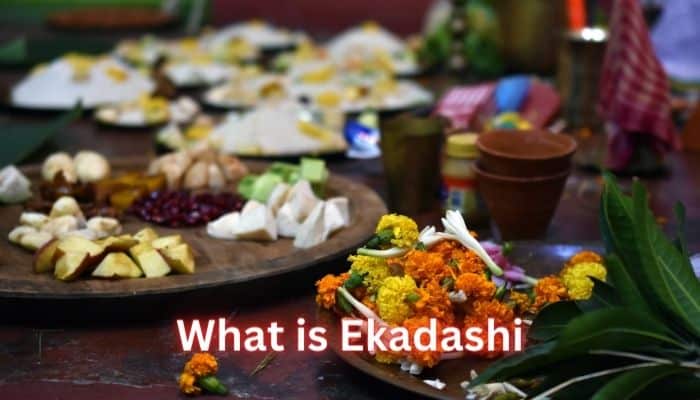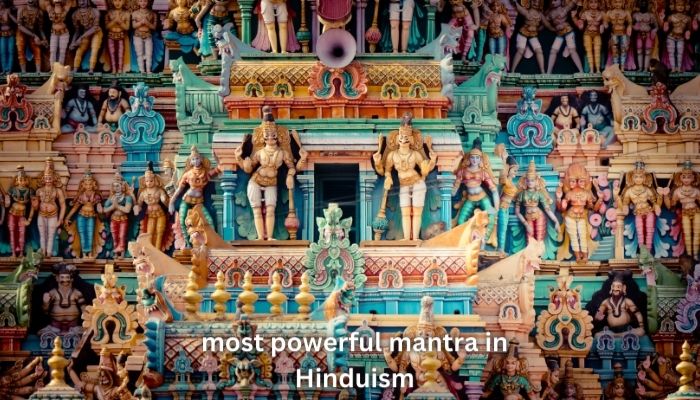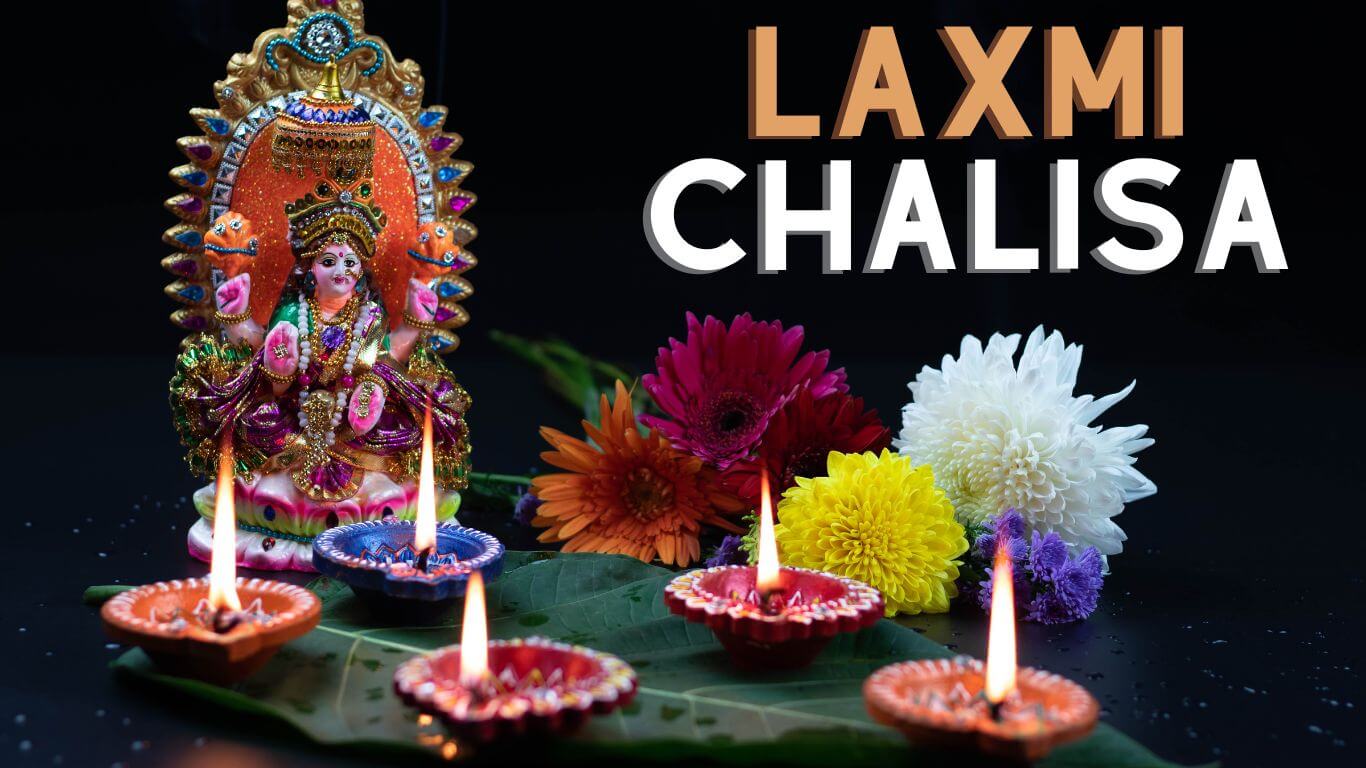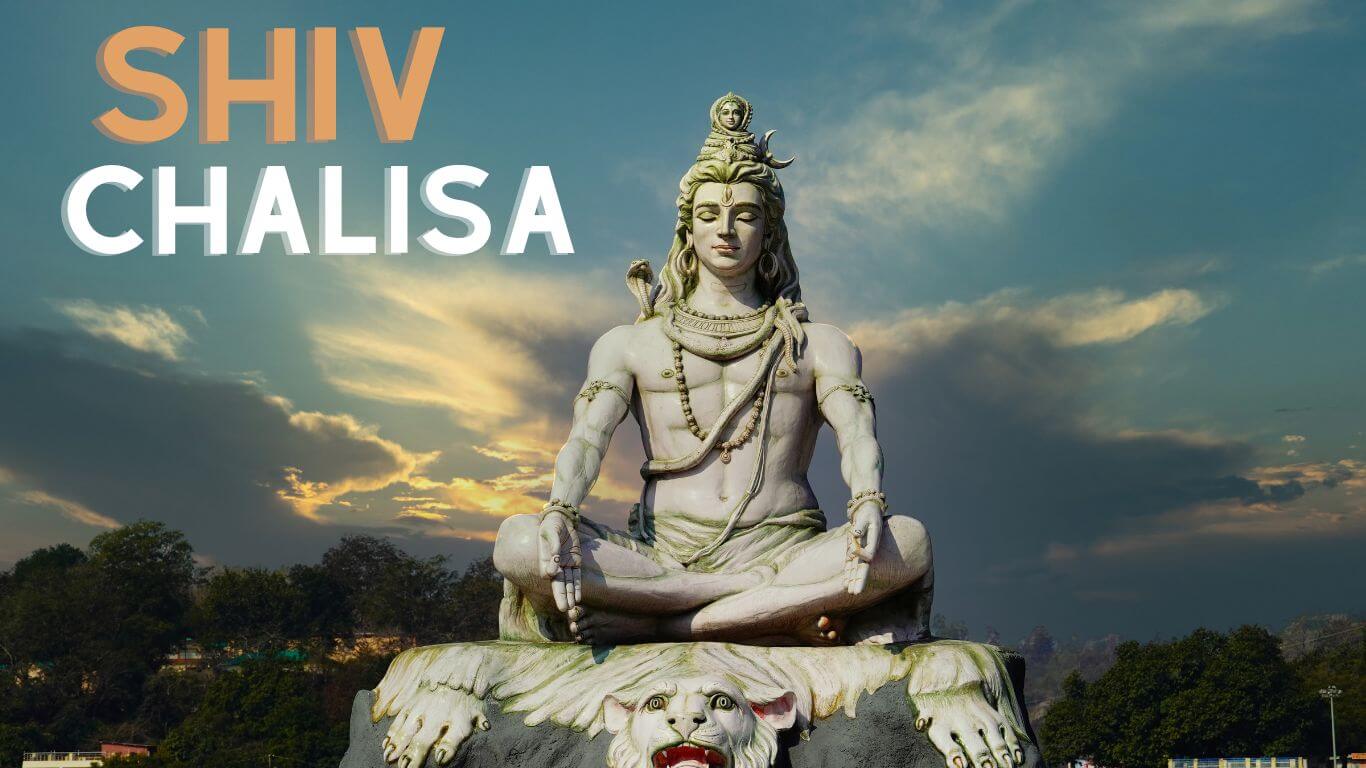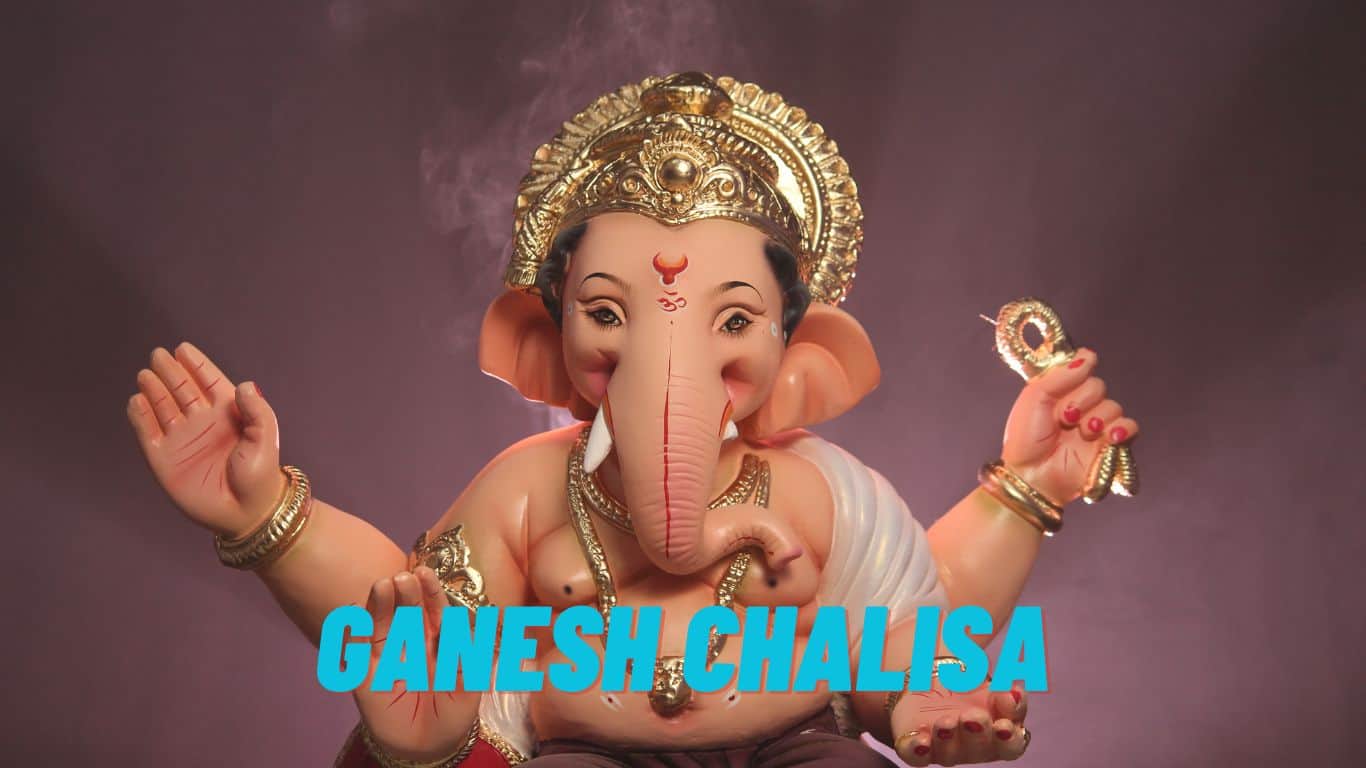The ISKCON Mangal Arati, also known as the Mangal Aarti, is a beautiful ritual that is performed by the devotees of International Society for Krishna Consciousness (ISKCON) daily. It involves lighting lamps and singing songs for their deities especially Lord Krishna and Radha.

What is the significance of Mangal Aarti?
This practice holds deep importance for ISKCON devotees. It’s a way to:
- Start the day with devotion: By offering prayers and praise first thing in the morning, devotees set their intentions and focus on their spiritual connection.
- Express gratitude: The aarti is a way of thanking the deities for their blessings and guidance.
- Seek blessings: Devotees offer prayers for protection, peace, and spiritual growth throughout the day.
- Build community: Performing the aarti together fosters a sense of unity and belonging among devotees.
What happens during an ISKCON Mangal Aarti?
The ceremony typically follows this structure:
- Preparation: Devotees cleanse themselves and the offering materials, which might include a lamp, incense, flowers, fruits, and water.
- Chanting: The ceremony often begins with chanting sacred mantras and verses to purify the atmosphere and invoke the deities.
- Aarti Offering: Devotees offer the light of the lamp, the fragrance of the incense, and the beauty of the flowers and other items while circling them in front of the deities. Each offering is accompanied by specific prayers or songs sung in praise of the deities.
- Concluding prayers: The ceremony concludes with prayers for blessings and the distribution of prasadam (blessed food offering).
How can you experience an ISKCON Mangal Aarti?
If you’re interested in learning more about ISKCON and experiencing the Mangal Aarti firsthand, you can visit an ISKCON temple near you. Many temples welcome visitors to observe their ceremonies.
Iskcon Mangala Aarti Lyrics in English
1. samsara-davanala-lidha-loka-
tranaya karunya-ghanaghanatvam
praptasya kalyana-gunarnavasya
vande guroh sri-caranaravindam
2. mahaprabhoh kirtana-nrtya-gita-
vaditra-madyan-manaso rasena
romanca -kampasru-taranga-bhajo
vande guroh sri-caranaravindam
3. sri-vigraharadhana-nitya-nana-
srngara-tan-mandira-marjanadau
yuktasya bhaktams ca niyunjato ‘pi
vande guroh sri-caranaravindam
4. catur-vidha-sri-bhagavat-prasada-
svadv-anna-trptan hari-bhakta-sanghan
krtvaiva trptim bhajatah sadaiva
vande guroh sri-caranaravindam
5. sri-radhika-madhavayor apara-
madhurya-lila guna-rupa-namnam
prati-ksanasvadana-lolupasya
vande guroh sri-caranaravindam
6. nikunja-yuno rati-keli-siddhyai
ya yalibhir yuktir apeksaniya
tatrati-daksyad ati-vallabhasya
vande guroh sri-caranaravindam
7. saksad-dharitvena samasta-sastrair
uktas tatha bhavyata eva sadbhih
kintu prabhor yah priya eva tasya
vande guroh sri-caranaravindam
8. yasya prasadad bhagavat-prasado
yasyaprasadan na gatih kuto ‘pi
dhyayan stuvams tasya yasas tri-sandhyam
vande guroh sri-caranaravindam
Beyond the Ritual: The Spiritual Significance of Mangal Aarti
The Mangal Aarti isn’t just a set of actions; it carries deeper spiritual significance. Here’s how:
1. inner Transformation:
Supplying mild symbolizes dispelling the darkness of lack of knowledge inside ourselves. Chanting and prayers are approaches to cleanse our minds and cultivate traits like devotion, love, and gratitude.
2. Connecting with the Divine:
Focusing on the deities via the aarti allows devotees to develop a personal dating with them. They see them not just as distant figures but as resources of steering and suggestion in their day-to-day lives.
3. Cultivating Mindfulness:
The entire system, from guidance to imparting, encourages a kingdom of gift-second awareness. Devotees attention on their movements and intentions, growing a feeling of peace and calmness.
four. A name to motion:
The Mangal Aarti is a reminder that devotion extends beyond the ceremony. The benefits and suggestions acquired are meant to be carried throughout the day, influencing our minds, phrases, and moves.
beyond the Temple partitions:
The practice of Mangal Aarti isn’t restricted to temple partitions. while the formal rite holds its significance, the underlying standards may be implemented in our everyday lives:
- Start your day with gratitude: Take a few quiet moments in the morning to appreciate the great things in your life and set fantastic intentions for the day.
- Expand a practice of self-reflection: mirror in your thoughts, phrases, and actions, aiming for private boom and nonsecular development.
- Nurture relationships: Build significant connections with the ones around you, fostering love, kindness, and compassion.
When does the Mangal Aarti take place?
The Mangal Aarti typically happens early in the morning, often before sunrise. The exact timing may vary slightly depending on the specific ISKCON temple and local traditions.
Who can participate in the Mangal Aarti?
Everyone is welcome to observe an ISKCON Mangal Aarti, whether you are a follower of ISKCON or simply curious about the practice. However, actively participating in the ceremony, such as offering items or chanting prayers, is usually reserved for initiated devotees.
Can I find recordings or resources online?
Yes, you can find recordings of the ISKCON Mangal Aarti online or on platforms like YouTube. Additionally, the official ISKCON website and various online resources offer information about the significance of the ceremony and other aspects of the ISKCON tradition.


